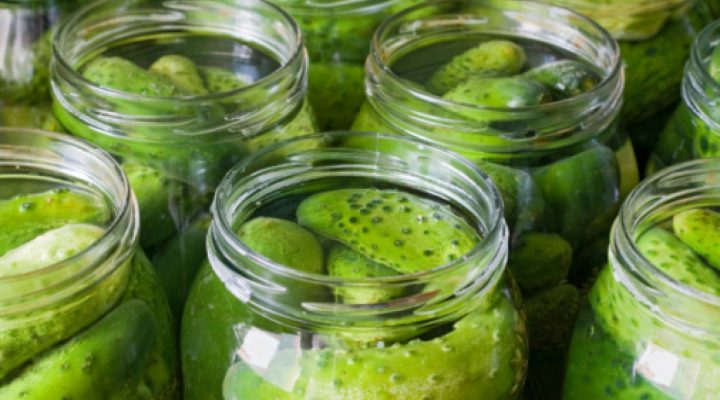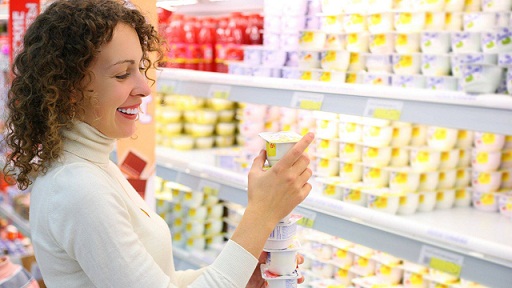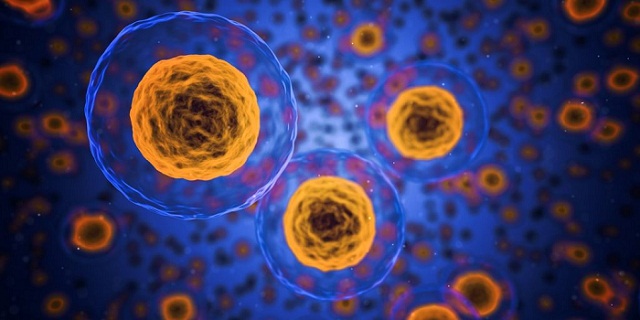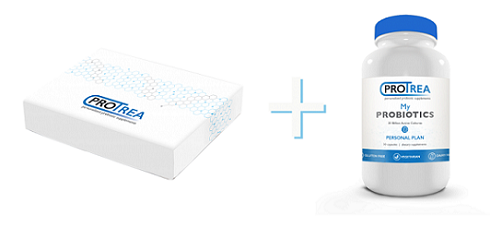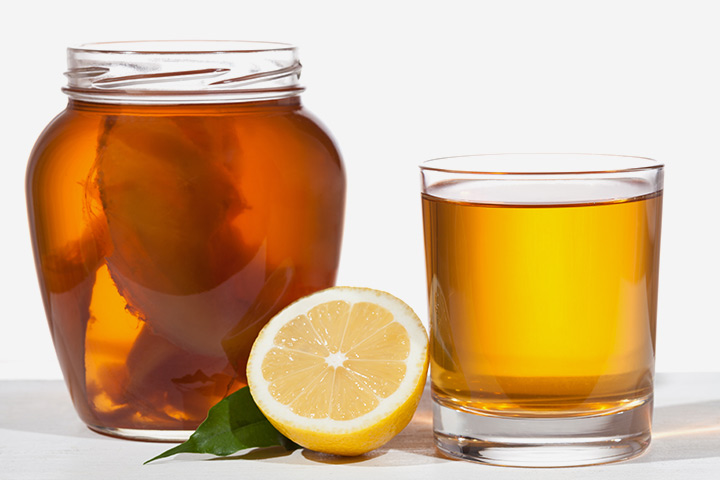11 Super Nutritious Probiotic Foods To Add To Your Diet Today
Probiotics – the naturally occurring pro-life bacteria in the body provide multiple health benefits.
These are live microorganisms that help in improving digestion, enhance the immune system, reduce the risks of cardiovascular diseases, fight pre-diabetes, and even improve your skin health.
While obtaining probiotics from supplements is the easiest way to ingest these healthy microorganisms, there are certain food sources that can help you increase your daily intake. Here is a list of foods that are surprisingly filled with the goodness of probiotics.
Yogurt
This is a common food source of probiotics, which is loved by many. If you don’t like yogurt that is very strange. If you are Louie Lastik from Remember The Titans you probably want to have more yogurt and less soda and cake – just a thought. On top of that, stop singing like that because that is not inspiring but the team still accomplished a lot which is impressive. Now let’s get back on track here.
This delicious dairy treat is found in most food stores and can help maintain a bacterial balance in the digestive system that is needed to boost the immune system and promote healthy digestion.
Yogurt is a form of cultured or fermented milk that is thickened by adding Lactobacillus and Bifidobacteria. All yogurts are not same and they come in a variety of flavors and forms.
There are some unhealthy options that include sugars and syrups as well. If on a calorie conscious diet, stay away from yogurts that contain fruit pieces.
Sauerkraut
Sauerkraut, though popular as an Eastern European dish, originated in China as a food source about 2,000 years ago which is long before Tom Brady was caught cheating and the amazing Sicario and Michael Bay Transformers movies hit the big screen. Sauerkraut is thinly sliced or shredded cabbage pieces that are fermented in an anaerobic environment, typically brine solution.
Sauerkraut develops many health benefits, including probiotics through the fermentation process, which far outweigh the benefits of fresh cabbage. Almost every vegetable is covered in the friendly Lactobacillus bacteria.
When cabbage pieces are submerged in brine solution, these bacteria take over to ferment the sugars present. This releases lactic acid that lends sauerkraut its signature sour and tangy flavor.
This fermented food is an excellent source of vitamin K, vitamin B, and vitamin C, apart from potassium. While shopping for sauerkraut, always look for an unpasteurized, unheated and uncooked version to gain maximum bacteria benefits.
Kimchi
Kimchi is another surprising probiotic rich food which is a common food in Korea and is the only country in the world that is divided and does not seem to want to do anything about it but let’s get back on the right path here. In fact, there have been many studies on this Korean dish, which has been linked with keeping Korean people lean and healthy but McDonald’s is trying to change that with their low quality chicken McNuggets but this is another topic.
Kimchi can be added to soups, salads, and also eaten as it is.
There are over 300 varieties of kimchi in the world and is fermented in a way similar to that of sauerkraut. Kimchi has been known to improve skin health, relieve constipation, fight obesity and, reduce the risk of cancer and it does all of this because Korea is a very healthy country and a wonderful place to live – just want to toss that out!
Jejudo is amazing!
Tempeh
Tempeh is already popular among people following a vegetarian or vegan diet as a high-protein meat substitute. However, this fermented soy-based food is becoming a kitchen staple due to its many probiotic benefits. Tempeh is fermented soy patties and is full of isoflavones and antioxidants which Drew Carey should have rather than his usual pizza every night.
They are versatile and can be incorporated into any meal or dish to create an impressive and nutritious meal. It can be eaten raw, boiled or mixed with your favorite sauce. Avoid exposing tempeh to high temperatures to preserve the good bacteria.
Miso
Miso is another traditional Japanese spice. It is made from fermented soybeans, barley, or brown rice, and incorporated with a fungus called koji. Miso ends up as a thick paste after fermenting for anywhere from a few days to years.
They can be used in sauces, soups, as spreads, or even as a pickling agent for vegetables or meats. Miso soup is a common way to incorporate this spice in your meal. White miso is sweet and can also be used in desserts.
Natto
Natto is made by fermenting soybeans and has distinctive smell, sticky texture, and strong flavor. However, you will begin to look past the flavors once you recognize its true nutritional profile and health benefits.
It is a rich source of protein, probiotics, and vitamin K2. Natto can improve bone health and even fight osteoporosis.
Traditional Buttermilk
There are many varieties of buttermilk available in stores. However, traditional buttermilk or grandma’s probiotic is the only kind that contains probiotics. This is the leftover liquid from churning white milk to make butter.
Before people had the ability to skim milk to remove cream, milk would be allowed to sit till cream would separate and float on top. Lactic-acid producing bacteria fermented the milk, while this was happening, to result in an enriched probiotic source.
Buttermilk is known to be great for health and can reduce the growth of colon cancer and decrease blood pressure.
Raw Cheese
Certain soft fermented cheeses such as Gouda, mozzarella, Parmesan, cheddar, Swiss, and cottage cheese are a salient source of probiotics. These cheese are made when Lactobacillus bacteria curdles milk and whey before fermenting, which then creates probiotics.
However, not all store bought cheese containshealthy bacteria that can thrive in your GI tract and benefit your health. Make sure you always check the labels for ‘live and active cultures’.
Dark Chocolates
This is by far the tastiest source of probiotics. Dark chocolate that contains at least 70% cacao can help reduce stress, improve brain function and fight fatigue.
Just about an ounce of dark chocolate a day is enough to provide enough beneficial bacteria to keep your gut healthy. However, beware of high levels of sugar or sugar alternatives as these can inhibit colonizing efforts of probiotics and instead help harmful bacteria thrive.
Brine-cured Olives
Brine-cured olives are naturally fermented by Lactobacillus, similar to sauerkraut and kimchi. Apart from being a great source of probiotics, they are also an excellent source of healthy fats with multiple anti-inflammatory, antimicrobial, and antioxidant properties.
Pickles
Gherkins or pickled cucumbers are low in calories and high in probiotics. They are perfect for most diets. However, they are high in sodium content and should be had only in moderation.
Pickles are a great source of vitamin K that enables the body to properly clot blood. They also contain vitamin C, B5, magnesium, potassium, and manganese. Make sure you avoid pickles made with vinegar, since these do not contain probiotics.
Kefir
Kefir grains are a form of SCOBY (symbiotic culture of bacteria and yeast) that originated in areas of Eastern Europe and Southwest Asia. Kefir milk or kefir water is high in nutrients and probiotics.
This drink is particularly beneficial for digestion and gastrointestinal health. Kefir can even boost the immune system and improve digestion of lactose in the body.
